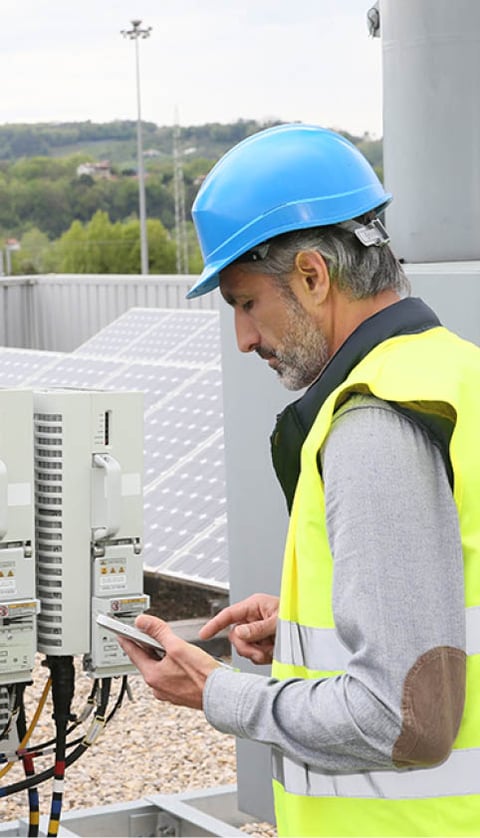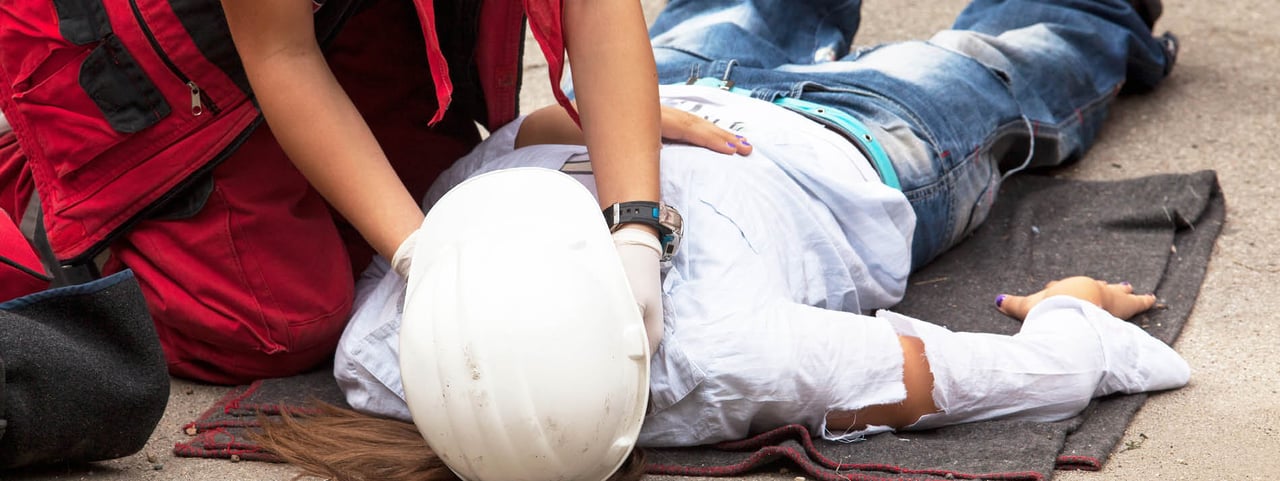
This guide focuses on everything you need to know about protecting lone workers in your UK-based business. The links below will guide you and help you to formulate solid health and safety plans centred around lone workers. With many industries now employing lone workers, it is crucial that all health and safety managers are aware of the risks that they face. Furthermore, the legislation surrounding them is a key part of forming any health and safety plans, therefore all managers should be aware of it.
Companies are legally allowed to have workers working alone, but it is paramount that all of the legal requirements regarding their safety are met. Some companies may feel that their health and safety planning is already thorough enough and is applicable to lone workers as well as those that work alongside others. However, this is not always the case. According to the HSE guidance "Lone workers face the same hazards at work as anyone else, but there is a greater risk of these hazards causing harm as they may not have anyone to help or support them if things go wrong."
The below links will help to give you a comprehensive knowledge on the subject and improve the health and safety practices in your company.
Areas discussed:
A lone worker can be any employee (in any industry), that is required to work alone for any length of time. Some employers fail to recognise the presence of lone workers in their company. This is usually because the ‘lone worker’ generally spends some of their time working alongside others. It is incredibly important for all employers to recognise lone workers in their workforce and implement safeguards to mitigate any risks to your employees and business. Failing to do so could have serious consequences, not only to your colleagues that could pay dearly but also to your business that would be penalised severely for failing to provide duty of care to their employees. For clarification, here are some examples of lone workers that may be found in different industries.
These are just a few examples; further examples are available in the link above. The differences between these roles can explain the reason that some managers find it difficult to recognise lone workers in their business or institution.
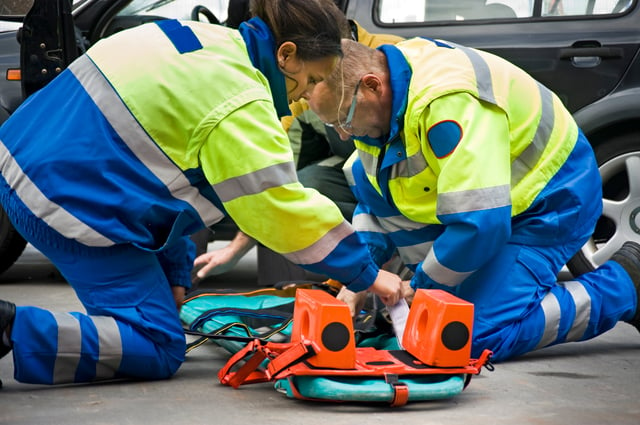
Once managers have identified the presence of lone workers in their company, the next step is to correctly identify any risks these workers face. Risks can often be unique to the setting/environment in which they work. Therefore, health and safety managers can’t take a ‘one size fits all’ approach when it comes to planning against lone worker hazards. All managers need to perform thorough assessments of the environments that their lone workers operate in to create a reliable health and safety plan, and ensure the proper protection of the workers. Although each business will present different risks for their lone workers, here are some common examples of risks that can be found in a large majority of industries and sectors:
Industry Machinery - staff need to take care when working near or operating industrial equipment as they can cause serious harm if misused.
Change Over Of Staff - This can mean that workers may be left to work alone for a short period of staff while waiting for the new staff to arrive.
Boiler rooms - Often located in remote areas of the plant, very hazardous and if an incident arises could go unnoticed for hours.
Hazardous Materials - These can be found in a number of different industries, and a number of issues can arise if any individual is handling these without assistance, or other staff nearby.
Access - There may be areas of the business that are easily accessible to intruders, presenting additional concerns if lone workers are faced with the task of dealing with any situation that may arise.
More examples can be found by following the link above.

Risk assessments are key to identifying the safety issues that lone workers face in their working environment. Regular Auditing allows companies to identify any issues with their health and safety protocol, and discover areas for improvement.
Many businesses are required to complete HSE audits to ensure the best health and safety practices are being followed, and that all workers are adequately protected. These audits can help determine the root of any health and safety concerns that are present in the business, including factors such as inadequately trained staff, access to PPE, or availability of safety systems. Ideally, businesses should identify any issues and put measures in place to deal with them before an audit takes place. To do this, preparing in advance and looking at possible areas for concern is recommended. Areas for concern may include: training records and competence of employees, ensuring all equipment that presents a hazard is maintained regularly, and emergency equipment is available and in working condition.
Each business will have further areas to consider depending on the industry in which they operate. Managers should always tailor their approach to suit the business, but this article will provide further information on areas to focus on, and advice on how to adequately prepare for HSE audits.
After lone worker hazards have been identified and all measures put in place to avoid any incidents arising from them in the first instance, managers should consider the best practices to follow if an incident does occur. Although every measure may have been put in place to prevent an accident occurring, it is impossible to completely irradiate all risks. However, businesses can ensure that if an accident does occur, it is responded to as quickly as possible, giving the worker the best chances of recovery. It is important to realise that not all emergencies that occur in the workplace will be the fault of the employer. For example, an individual may fall ill unexpectedly while at work as a result of an undiagnosed medical condition. In these instances, although the employer is not responsible for the emergency occurring, they are responsible for the measures in place to ensure that the worker receives the treatment they need as quickly as possible. To make sure this happens, health and safety managers should focus on implementing lone worker safety solutions into their safety planning. This means equipping workers with lone worker safety devices that allow them to trigger an emergency alert, or have one triggered automatically if they are not in a fit state to do so themselves. More information on such devices is available here.
Once a company has put the measures in place to allow a worker to trigger an alert in the event of an emergency, the procedures that follow this need to be as efficient as possible. This means that health and safety managers need to focus on reducing responses times to alerts, and use audits to identify areas in need of improvement. More information about improving response times is available here.
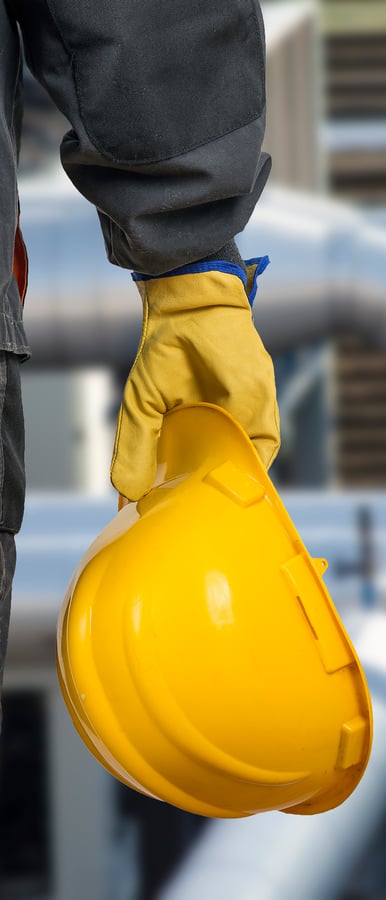
Lone worker safety solutions can come in many different forms, and the correct form for your business will be dependent on your needs, and the nature of the work that you do. Identifying the right solution will depend on a number of factors and, will be determined by the risks that your lone workers face while at work. Some businesses may benefit from devices that operate over open radio channels, with lone worker safety features integrated into the radio device. Others may benefit from smartphone apps that allow their workers to discreetly trigger alerts. These can be particularly useful for those in the education sector, or for workers that may be at risk of attack from intruders or service users. Other industries may benefit more from dedicated devices that include a SOS button that can be pressed if the worker is in distress. These devices can also include a tilt sensor, that can sense if a worker may be unconscious and trigger an alert for assistance. Regardless of the industry your business caters to, if you employ lone workers, there will always be an appropriate safety system that will enhance the safety of them.
Choosing the right lone worker safety solution often goes hand-in-hand with reliable communication. Explore our mobile communication solutions for safer, more productive workplaces to see how smartphones, radios, and integrated systems can keep your teams connected and protected.

If lone worker safety systems are new to your company, it can difficult to identify the right system for you without understanding the terminology associated with them. Here is a short overview of the types of features available:
SOS Alarm – This alarm allows for a lone worker to press a button to trigger an alarm in the event of an incident.
Man Down Alarm – These devices will automatically trigger an alarm when they tilt beyond a certain angle - sensing that a worker may be unconscious.
Pre-Alarm – To prevent false alarms, a pre-alarm is triggered on the lone worker safety device to alert the user that an alarm will be dispatched. If the user fails to respond to the pre-alarm, the alarm is activated and an alert is triggered.
Voice – Communication is always a key part of establishing the best course of action to take in the event of an emergency. Therefore, a lone worker device should allow workers to communicate with their colleagues if they are able to do so.
Location – Some devices will provide information to the responder when an alert is triggered that allows them to determine the location of the incident. This can be a helpful when it comes to ensuring the quickest response times. These devices may use GPS signals or beacons to determine the location of where the alert was triggered.
Critical Alarm Management – once an alarm has been triggered it is important that the incident is immediately acted upon, so that the lone worker receives the help they require in a timely fashion. All good lone worker solutions need to ensure all alarms are properly managed and require an effective response process that works every single time. Automated response software can help manage your critical alarms and enable you to implement your response process.
More comprehensive information regarding alarm systems is available in this downloadable guide.
Lone worker smartphone apps can be a popular choice for many businesses. Most workers are unlikely to forget to carry their phone with them.
Therefore, having an integrated safety system app can be a good choice to ensure workers will always have a safety system with them. The Atlas SOS app is compatible with Android and IOS smartphones, and displays an SOS widget on the screen, that workers can press in moments of distress. In addition to this, the app also works with the tilt sensors built into the worker’s mobile device, to trigger ‘man-down’ alarms.
The app has other features such as Timed Personnel Alert (TPA), which allows the user to set a time alert. This might be for e.g. 30 minutes or the amount of time it will take to finish a task. Reminders warn the user when the timer is about to elapse, giving them plenty of time to cancel or extend the time. Should the user fail to do so an alarm is triggered. Other devices that link to smartphone apps are also available. For example, they can come in the form of key fobs that enable users to initiate a panic alarm on the smartphone app without going through the process of unlocking their mobile phone. Not only can this save valuable time in an emergency, it means alarms can also be initiated discreetly.
This type of device is useful, as it’s small and easy to use. Depending on the needs of your business, you may benefit from lone worker smartphone apps. More information on these apps and devices is available by following the link above.
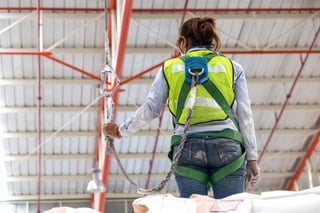
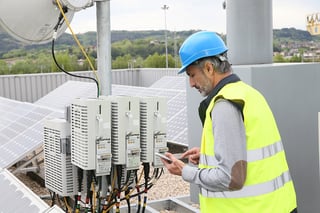

Our partnership with Draeger Safety UK delivers a seamless solution that combines advanced gas detection with lone worker protection—without the need for a separate dedicated device. By integrating Draeger’s gas detection technology with our Atlas SOS app, employees can use their existing smartphones as lone worker devices. This reduces the number of devices they carry, simplifies workflows, and enhances safety in hazardous environments. Real-time alerts and monitoring ensure rapid response when it matters most.
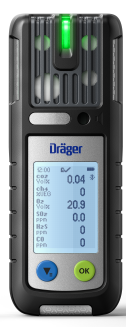
It is important to recognise the vulnerabilities of night workers, particularly those that work alone. For example, night workers may work an entire weekend alone in a premises with only a few colleagues across the entire site. This means that if one of them was to be involved in an incident and wasn’t equipped with the means to communicate to others that they were in distress, it could be a considerable amount of time before they receive the help that they require. In an emergency situation, this could be fatal. Night workers are also vulnerable to physical attacks from intruders, that may attempt to break into the premises outside of working hours. Often, warehouses employ lone workers to work night shifts. The hazards generally associated with warehouse work can be amplified when individuals are working at night. Warehouses can often be located in remote areas which can make them more vulnerable to break ins. It is also common for warehouses to be in locations that are rarely visited by members of the general public, which means significant periods of time can pass before somebody notices that a worker is in distress. More information about protecting lone night workers can be found by following the above link.
There is no specific law in the UK to protect lone workers as such. However, this doesn’t mean that lone workers should be overlooked when it comes to health and safety planning. HSE do regulate the protection of lone workers and legislation does exist to ensure that lone workers are protected as well as other workers that work alongside others. However, there is no specific law that requires businesses to equip their lone workers with safety devices, only legislation that requires all employers to provide a duty of care and access to first aid for all workers. Unfortunately, this sometimes isn’t possible, particularly if the individual is a lone worker. Although the lone worker may have access to first aid at work, alerting somebody to help them would not be possible without the means to do so, particularly if they are unconscious. Even though there is currently no legal requirement to provide safety devices, legal complications may arise if it is clear that an employer did not fulfil their legal obligations and provide sufficient care in protecting a lone worker when they received an injury and were deprived of essential medical attention. The legislation regarding lone workers can be fairly confusing, and with the many laws that apply to the protection of regular workers loosely covering lone workers, it’s always best for health and safety managers to familiarise themselves with the current legal requirements. More information on legislation can be found by following the above link.
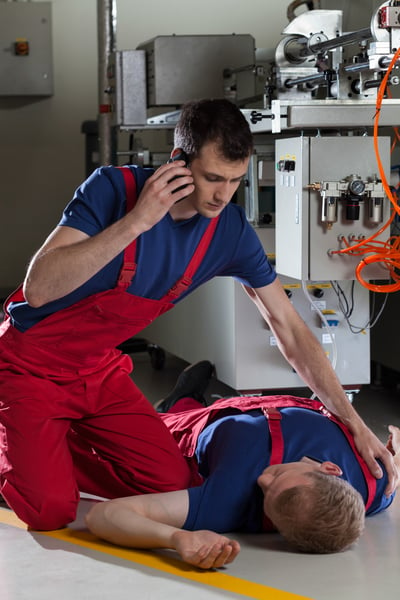
Training is a key part of any health and safety plan. All managers responsible for the health and safety of workers should keep a training record to assess the competency of their staff. It is imperative that all staff are kept up-to-date with any new legislation that is put in place, any equipment that is unfamiliar to them, and any new safety processes. Untrained staff can lead to injury, death, or legal action, so it’s vital that all staff are competent in any role that they undertake. Unfortunately, it can be difficult to get some staff members to comply when it comes to training, as many see it as a hassle, and fail to take it seriously. As a manager, it is important to learn ways of overcoming this, and getting staff to take training seriously. Many companies have been fined after injuries have occurred due to untrained staff members not knowing how to react to an incident, or use machinery correctly. Any staff member that is responsible for operating heavy machinery should not be permitted to use it until their competency has been assessed, and management are satisfied with their knowledge. If you are having issues with employees that are resistant to training, you can download a guide with how to approach this here.
A tracking system can be a beneficial way of knowing the whereabouts of lone workers in your business in the event of an emergency. Many businesses have a number of lone workers working in different departments, making it difficult to keep track of them at all times. Tracking systems can be used to identify lone workers that are in need of assistance, and make responding to incidents as quick and efficient as possible. A system such as this can also have a positive effect on the morale of the lone workers in your business, meaning that their performance will be greater. If an employee feels safe and protected in their work environment, they are able to get on and do their job without the fear that should something happen to them, they won’t be found and receive the help they need. The manufacturing industry relies on constant output from employees, and a tracking system can help to achieve this. In addition to this, the dangers that individuals face in the manufacturing industry are greater than most other industries. Heavy machinery can cause fatal injuries, as can falling stock. Therefore, knowing that your workers are safe at all times is good for both the company and the employees themselves.
Tracking systems can have many other benefits to your business, more information on this is available by clicking the above link.
Fill out the form below to arrange your free consultation:
A free one-to-one phone consultation with one of our experts - no risk and no obligation!
Honest advice and ideas to improve your current telecom solution to better work for your environment and team
We can also arrange a face-to-face meeting to better assess your situation and give you a proposal and demo of the solution that is best fitted to your needs
